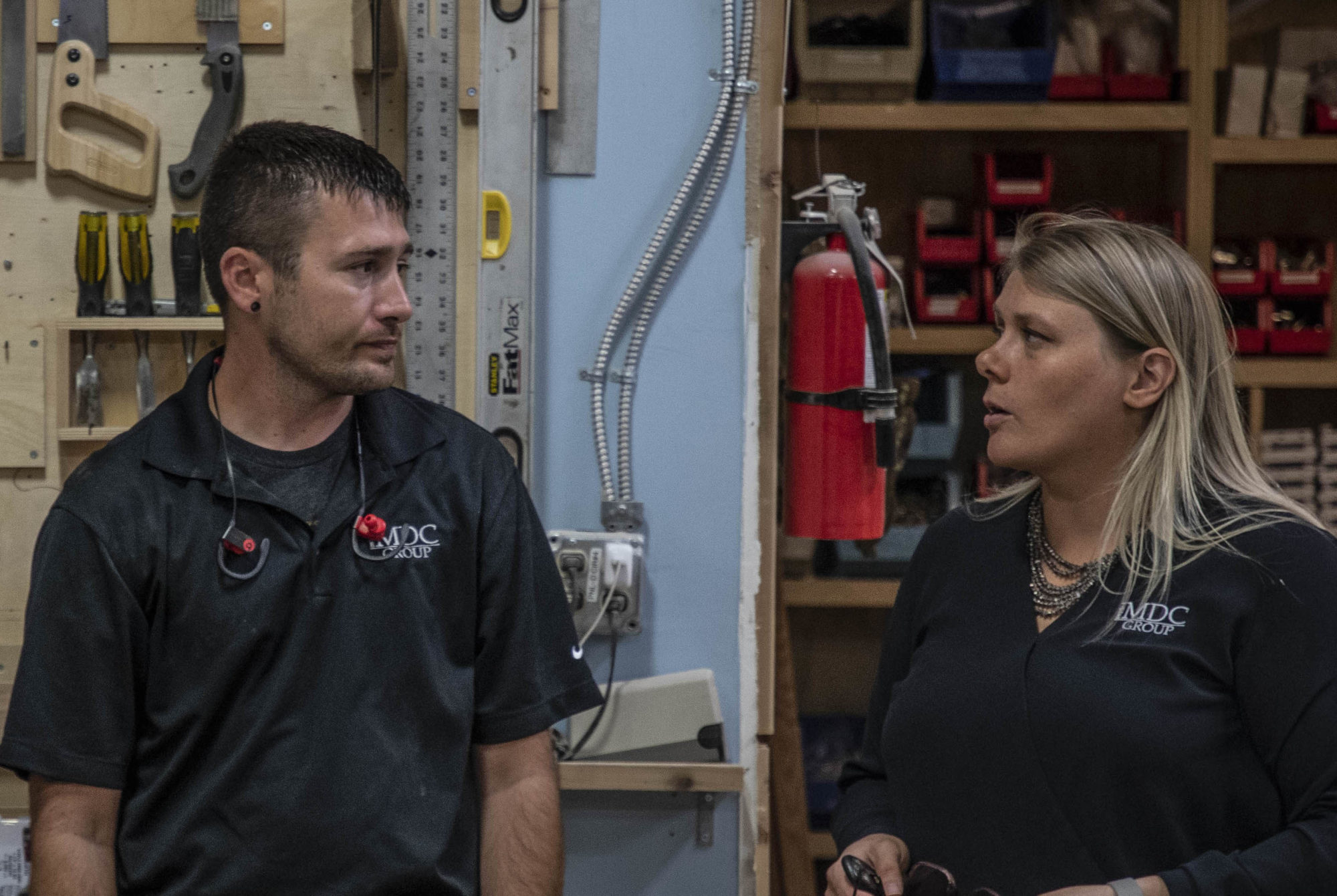
Three Steps to Inter-Departmental Collaboration
Teams are built from shared goals and shared experiences, so what happens when your people are spread across departments, possibly in different buildings, cities, or states? Here’s three tips that can foster better collaboration between departments—no matter where they’re located.
Setting a Foundation
Most companies stay busy. When workers are short on time, one of the first things to go is communication. Open collaboration is the key to successful problem solving and employee investment, but those lofty goals can become lost in the day-to-day necessities of company life. Workers fall back on thinking “I’ll just do it myself” and “we don’t have time for committees” when deadlines loom.
One way to improve collaborating across departments is to establish early on that communication and collaboration are integral to your company’s operations and foundational to your success. Executive buy-in is critical at this stage to achieving open communication and developing relations between departments. Successful collaboration should also be modeled and given structure.
Designating specific times for collaboration is also key. Instead of encouraging communication as an abstract, leaders invested in success set aside time specifically for this activity. Carve out designated time for team building and collaboration and set clear intentions; determine a goal that meets a need of each party involved and is worth the effort and time allocated.
Building a Communication Network
Without a strong foundation, communication and collaboration are the first to go when the pressure is on. What should be a way to share responsibilities and work together can instead become an added burden.
Connecting team members and centralizing communication are ways to facilitate productive collaboration that can add value to your employee’s work life.
Team building exercises—when utilized correctly—can help build the community necessary for open, cooperative work. Consider starting meetings with a quick ice-breaker question like “What’s your hidden talent?” or “Where’s your favorite place to eat?”. When integrating team members that work remotely, use video conferencing so that everyone can interact face to face.
Additionally, centralizing communication, by using a project management app for example, normalizes communication from all team members and helps workers stay up to date and focused on team goals. Leaders can also set up “open rooms,” where members from different teams or in different locations can work synchronously, allowing for easy dialogue and making it natural to ask questions as they arise.
Rewarding & Recognizing
Creating incentive by recognizing milestones and rewarding success is key to building strong communication. The paradox of company-dictated collaboration is that it needs to have structure while also build a community that creates organic relationships between workers. Strict requirements or punitive measures undermine these goals.
Instead, positive reinforcement is critical to achieving dynamic and productive inter-departmental collaboration. Establishing clear goals (like in step one) creates an opportunity to celebrate when those goals are met. In addition, provide recognition for successful bench-marks, not just end results.
Be sure to celebrate both the team and the individual. Participants will be more connected to the success of their teammates if the team also supports and celebrates individual achievements.
Whether contending with e-commutes, multiple campuses, or connecting offices to active job sites; enabling open communication between departments and within collaborative teams is a key element in the overall success of many companies. Communication not only supports important safety measures and saves time and money, it can also be the wellspring for new and adaptive ideas that help a company long-term. Successful and natural collaboration takes time to build, but it is achievable and worth the investment.
Interested in learning how the MDC Group uses collaboration to better serve our clients? Email us today, and let’s start a conversation!

